Rebecca Smith
Pickering Labs decided to place an increased awareness on Safety for 2015! Don’t get me wrong – laboratory safety is always critical. We have proper equipment for lifting heavy packages, we provide lab coats and goggles, our employees always use gloves, and we host ergonomics training. But none of these are especially glamourous, and I have to be careful not to schedule my spill cleanup presentations for right after lunch…
So this year, we really spiced up some of our safety meetings! Starting in January, we got the entire company out in the parking lot and had live fire training for proper extinguisher use. The group had a great time, and the Cintas trainers made fire safety really fun! Each person got to take a turn, and even Michael Pickering was out there wielding his ABC extinguisher with style.
If you’ve never had “live fire” training for your fire extinguisher class, let me be the first to recommend it. The whole group was buzzing with energy and excitement. It makes you really aware of how hard it is to twist and pull the pin, and how little time you have during an actual fire to get it extinguished. The trainers really did an excellent job of keeping the pressure on to put those fires out!
Next, our staff got together this summer and we took a basic First Aid course, supported by the installation of two new fabulous first aid kits! We paired up and treated “burns” and wrapped gauze around the “head wounds” of our partners. Again, much fun was had and we learned great first aid skills in the process. We only had one volunteer for the Heimlich maneuver, and sadly they didn’t wish for everyone to have a turn practicing!
But seriously, one of the great things that actually came out of our first aid class was an overwhelming interest in having an onsite AED installed. The trainer from Cintas discussed some pretty powerful stuff – your chances of surviving cardiac arrest are significantly better with the use of a bystander automated external defibrillator. An American Heart Association paper from 2011 on resuscitation science that I just read (http://circ.ahajournals.org/content/124/20/2225.full) shows about a 3.5X times better survival rate (49.6% versus 14.3%), and that data is from a 2006-2009 study! (For more accurate information than I can give you from my random afternoon internet search, feel free to contact Cintas or another provider of safety training.)
The best part about the AED we selected is that there are step-by-step pictures AND verbal instructions for what to do. And of course it will not issue a shock unless the AED itself determines that there is a need. So, that takes the guesswork out of whether or not to use the AED during a health emergency (and nobody can chase a coworker around the lab, either).
So, now that we’re sold – what’s next?! We ordered the AED, sure, but there’s more to it than that. We have to register the AED with Stat PADS, the Medical Direction / Physician Oversight service that Cintas works with to provide AEDs. They work with the local Mountain View emergency medical services to post the location of our AED into their network, another requirement for having one onsite.
And last but not least, the whole company is getting CPR certified and trained on the AED! Our November safety meeting will be dedicated to this training, and our employees hopefully get a great day out of it. We will have five hours of training and catered lunch for our midday break!
So by now you’re probably thinking to yourself “that’s great, Rebecca, but what does all this mean for me?!” Well, it means that if you’re placing an order with Pickering Labs on November 17, you might consider emailing orders@pickeringlabs.com rather than calling. Everyone here will be busy practicing CPR on each other and we won’t be available to take your call! Phone calls will be returned before 9:00am PST and after 2:00pm on that day.
If you have urgent business, let me know and I will give you Michael Pickering’s cell phone number!
(An inside joke, as Michael doesn’t have a cell phone.)
Best regards!

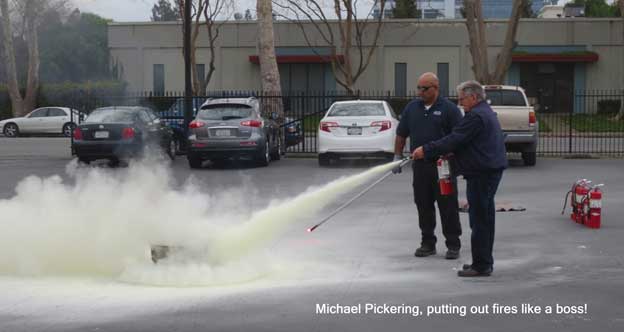
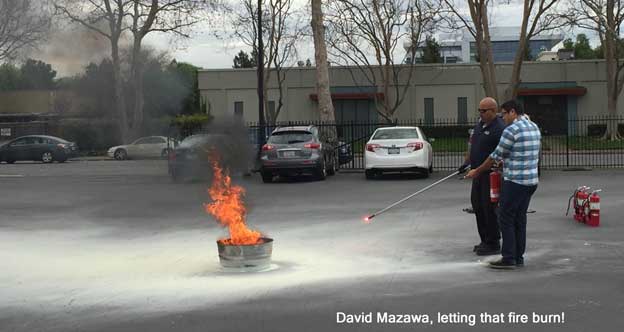
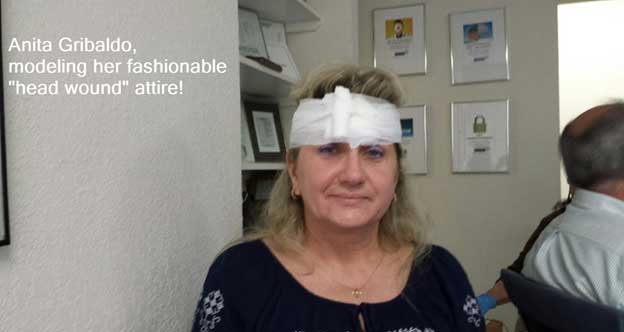
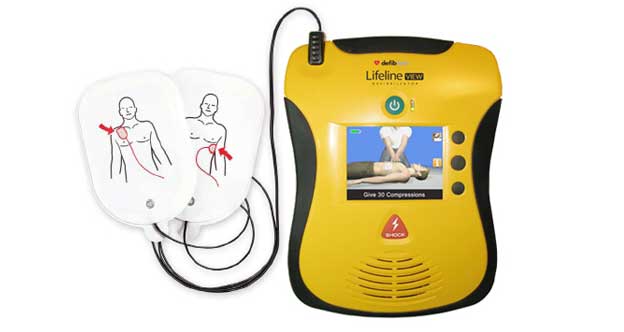
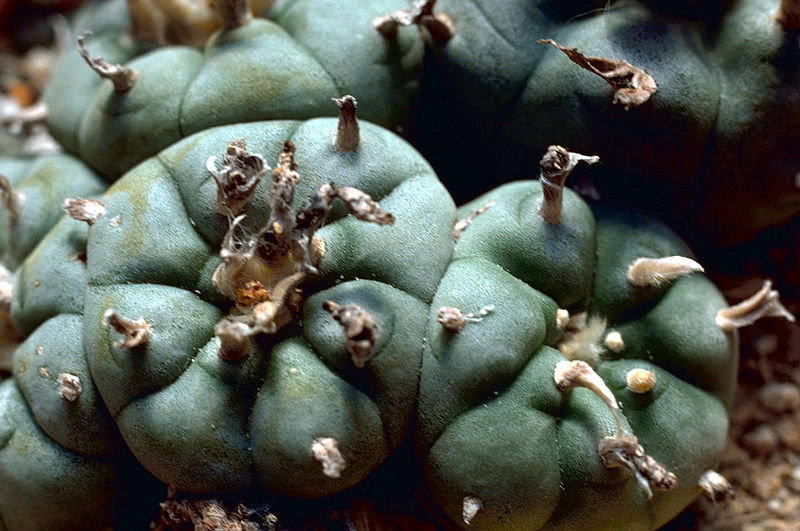
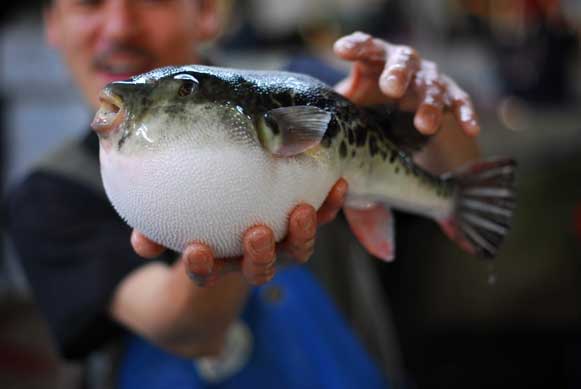
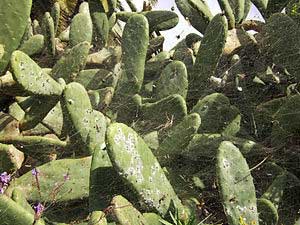

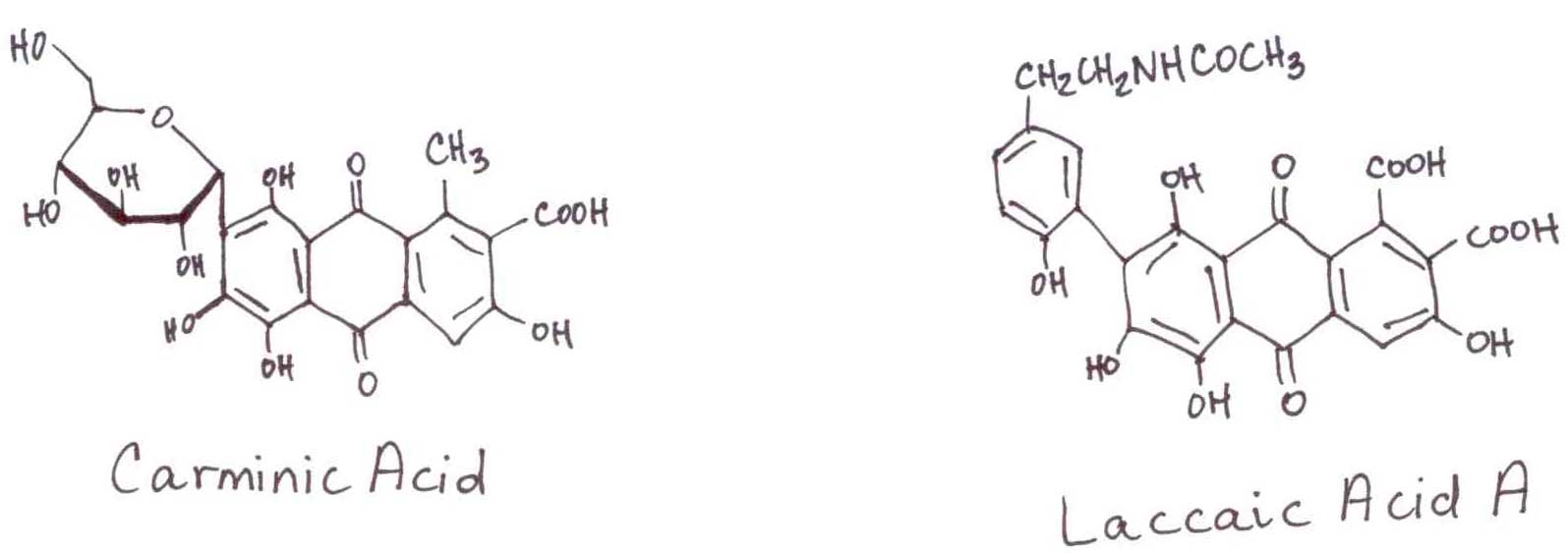







 We brought a large contingency of personnel including Dr. Pickering, Dr. Ofitserova, Dr. Nerkar, Dr. Torma to accept the AOAC’s Single Laboratory Validation of the Year Award for our Multi-residue Mycotoxin Analysis. The paper, titled “Multi-residue Mycotoxin Analysis in Corn Grain by Column High-Performance Liquid Chromatography with Post-column Photochemical and Chemical Derivatization: Single-Laboratory Validation” was also published in the Journal of AOAC International Vol. 92, No. 1, 2009.
We brought a large contingency of personnel including Dr. Pickering, Dr. Ofitserova, Dr. Nerkar, Dr. Torma to accept the AOAC’s Single Laboratory Validation of the Year Award for our Multi-residue Mycotoxin Analysis. The paper, titled “Multi-residue Mycotoxin Analysis in Corn Grain by Column High-Performance Liquid Chromatography with Post-column Photochemical and Chemical Derivatization: Single-Laboratory Validation” was also published in the Journal of AOAC International Vol. 92, No. 1, 2009.